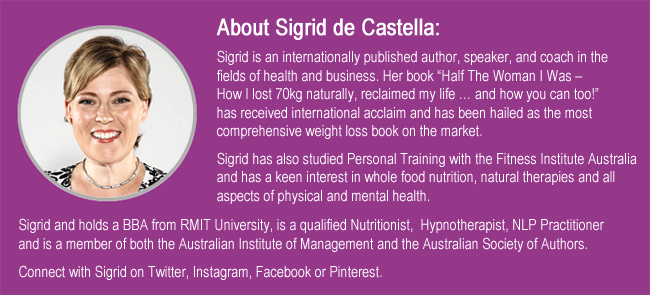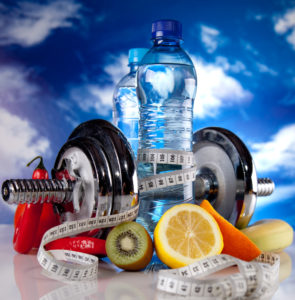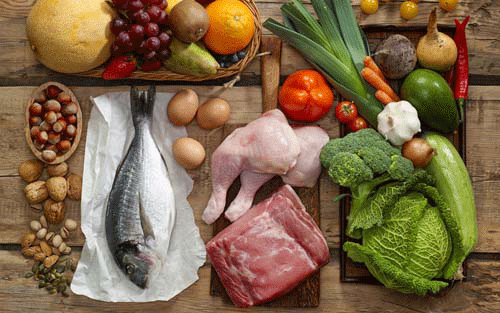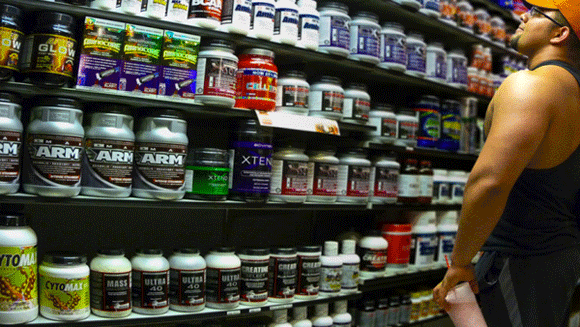Lately I’ve been writing the odd post on my personal Facebook profile about what I’ve been going through … but I thought it’s time to come out and share with those of you who visit to read my posts in the hope it may help some of you. So here’s the update for those who are interest … so this is a real (and not a Fakebook) post.
After 7 months of uncertainly, I finally got my cervical biopsy results last night. Worried as my grandmother had uterine cancer, I was dumbfounded to receive news that what was an abnormal and very high read is now NORMAL! Follow up testing required in 12 months but the paleo diet and focusing on gut health must be working.

Whilst that’s a load of unnecessary stress off my mind (finally) I can now concentrate on other matters … Apart from being officially peri menopausal and having to wait 6 months before I can be tested for natural hormone therapy (rather than bio-identical hormones which I am allergic to) it seems I may have over-active adrenal glands.
This is apparently not a new condition, but something that occurred as a result of the child abuse I suffered as a 6 year old which triggered my fight or flight response system … permanently. Instead of living in the normal rage for the parasympathetic symptom, my subconscious sympathetic system is continually triggered (similar for PTSD sufferers) and I’m always on edge for being ‘attacked’ again … even when I consciously know I’m safe. Yep, the mind makes strange and not always wonderful neural connections.
For years I’ve channelled this adrenalin into being a high performer and just getting lots of shit done and into my exercise and 13km runs each day which saw me shed more than 70kgs. But after a dodgy hip (or two) when running had to stop, and then a bout of complete physical exhaustion including pneumonia, flu and a kidney infection all within 12 weeks, it led to adrenal fatigue (aka fibromyalgia) … my body said “enough”.
Since my fibromyalgia almost 2 years ago I requested my rheumatologist put me on something mild to help change my brain chemistry to being more positive … 5mg Endep is almost a non-therapeutic dose and it requires 6 month minimum bursts of treatment. He and I made an agreement to do 6 months (which I finished June 2016) but by the end of November the same year I was having bad thoughts that I couldn’t explain so I decided to repeat another 6 months of treatment. That finished two weeks ago.
Now I knew Endep for me wasn’t a long term solution. I also caught wind that, when I accidentally failed to swallow the tablet and my tongue went numb for a couple of hours, that it probably wasn’t doing great things to my mind or my body. But what I didn’t realise is what a massive fog that pill had put me under.
Since coming off the meds on 8th June I felt a surge of motivation, of energy and the sort of clarity I hadn’t experienced in ages. All those projects that had been lying dormant were almost instantaneously resurrected and new solutions came to me easily. I was on fire … getting shit done again … I was finally back baby.
And then I had an ‘aha’ … the sort of moment of divine and pure clarity that makes you stop and reassess your whole life. In that moment, I realised for the first time, not just on a mental level, but I got it physically … that ‘being back’ and the burst of energy was my over active adrenals kicking in. And I also realised that if I continued this way, that I was going to be back with sever fibromyalgia again … unable to get out of bed for 4 or more days a week. And having been on a 2 year journey to detoxify and rid myself of that pain, that’s just not what I ever want again …
Stop … pause … time to explore the concept of over active adrenals. If this is the case (my thyroid is normal – I get it tested every 6 to 12 months) then it may also explains my addiction to carbs at night. Carbs … my nemesis … it’s almost impossible for me to avoid them, no matter how hard I try. I thought I was just addicted, and needed help … or some really sticky gaffa tape for my mouth. But seriously if over active adrenals are at play, then this could be the underlying cause for my weight gain over recent years. It makes sense … I crave the carbs (and sugar) at night as all my other reserves are depleted from being ‘on edge’ and hyper alert all day (presenting through the day as high stress and anxiety which others see as a lot of energy). The body’s response for depleted reserves is for a quick carb fix, which sadly undermines all the good work I do during the day. The end result … the weight I lost has started to return. I feel like I’m in a never ending revolving door… often to the fridge.
For me all the pieces are finally falling into place … the resumption of childhood night terrors from lack of control of my body, the adrenals kicking in to ‘rescue’ me and make me safe, the over-eating to protect myself from fear of attack … and all stemming from something that happened to me when I was 6 … something I thought I’d gotten through. Apparently there’s more to unravel. The relief at knowing this, at knowing I’m ot crazy or depressed is a HUGE load off my shoulders … and my mind.
Recently, as part of a program to get off the Endep forever, my doctor put me on a Mental Health Care Plan … up to 15 subsidised counselling sessions with the counsellor of my choosing (thanks Medicare). Finding the right one was super difficult and took a lot of time … but in the end she was right under my nose. She’s not only a social worker trained in trauma counselling, she has worked at CASA, and has specialist training as a Counsellor and Psychotherapist in emotion focused therapy, art therapy, mindfulness, and trauma-informed care. Emily is all about ‘chick power’.
The first step in this counselling journey was a tough one to take … but of all the medical natural therapies I have done over recent years, the biggest revelations for me have happened on Emily’s couch. She’s helped to realised that my subconscious has made all sorts of unsupportive neural connections back to the original traumatic events. She’s given me the tools to break those connections, and restore the ‘event’ back to it’s original container where we can start dealing with it. My night terrors have almost all stopped.
And after years of unresolved grief (you try going to 13 funerals in 12 months) and blocking the mourning process I’m finally moving forward on that one too … reconnecting with my ‘sisterhood’ and sharing in personal heartfelt exchanges, one on one, with the important women in my life. And I’m happier. After all it’s the depth of connection that’s important, not the frequency. As women we’re so good at giving to others, we often forget to share and receive. Truth is we’re important too.
So where to from here? Long post short, I’m hoping to get my adrenals tested next week and I’m trying all sorts of different therapies, trying to find out what works best for me. Meanwhile Ashwagandha and Astragalus root drops are on their way to try, and I’ve been ‘ordered’ to stop every 30 minutes and ‘be present’ and calm my state … and my adrenals. I’ve also been advised (at my own suggestion) to recommence my morning yoga sessions and do quick guided meditations several times a day.
It’s a commitment … but then I’m worth it.
If you got this far, thanks for reading, and thanks for your support.
I hope in some small way my sharing has helped, and encouraged you to open up.
Remember, you’re worth it too.







